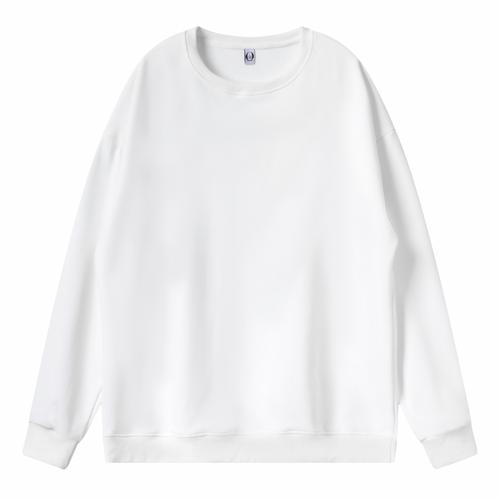Dry cleaning is a method of cleaning clothing that uses special solvents instead of water. It is suitable for clothes that cannot be washed or dyed, are easily damaged or require special care, such as clothes made of wool, silk, leather and other materials. Below are the detailed steps and precautions for dry cleaning clothes.
1. Receive customers: Customers deliver clothes that need dry cleaning to the store. Staff should greet customers, inquire about their needs, and inform them of the price and completion time of dry cleaning services.
2. Marking and Inspection: Each item of clothing is marked to ensure accurate tracking throughout the entire process. Then carefully inspect the clothing for labels and defects, such as loose stitching, broken buttons, etc. Document any matters that require additional attention.
3. Pre-processing: Before entering the formal cleaning, some pre-processing steps are required. First, treat stubborn stains on clothing with a professional stain remover or bleach. Then, treat common problem areas on the clothing such as sweat stains and oil stains. These steps help improve results and reduce cleaning time.
4. Cleaning: Place the clothes in the dry cleaning machine and run the appropriate program. Dry cleaners use a mixture of solvents to spin and clean clothes without using water. Different types of clothing may require different cleaning procedures and times, so adjust based on instructions and experience.
5. Ironing and finishing: After dry cleaning is completed, the clothes need to be ironed and finished. This can be achieved by using professional irons and steam equipment. Be careful to avoid overheating and overstretching clothing during ironing to prevent damage.
6. Detail repair: If you find damage, loose stitches and other problems on the clothing, you can make detailed repairs. For example, re-sew damaged parts, replace buttons or zippers, etc.
7. Styling and packaging: Styling the clothes that have been processed to ensure that they return to their original shape. The garments are then folded or hung and packed appropriately to prevent staining or wrinkles.
Notes:
1. Understand clothing labels: Before dry cleaning, be sure to carefully read and follow the washing instructions of the clothing. Different materials and styles of clothing may have different requirements for dry cleaning.
2. Pay attention to special handling requirements: Some clothes may require special handling, such as soaking before washing, avoiding ironing, special protection, etc. These requirements should be documented and adhered to during processing.
3. Choose the appropriate solvent: Choose the appropriate solvent according to the material and type of clothing. Different solvents have different properties and cleaning capabilities. Choosing the right solvent can ensure cleaning results and clothing quality.
4. Regular maintenance of equipment: Dry cleaning machines and ironing equipment require regular maintenance and cleaning to ensure that they operate properly and provide high-quality services.
5. Customer communication: Communicate with customers to understand their requirements and opinions. Resolve issues promptly to ensure customer satisfaction.
The above is the general process and precautions for dry cleaning clothes. By following the correct procedures and precautions, you can ensure the effectiveness and quality of your dry cleaning and protect the life of your clothes.








